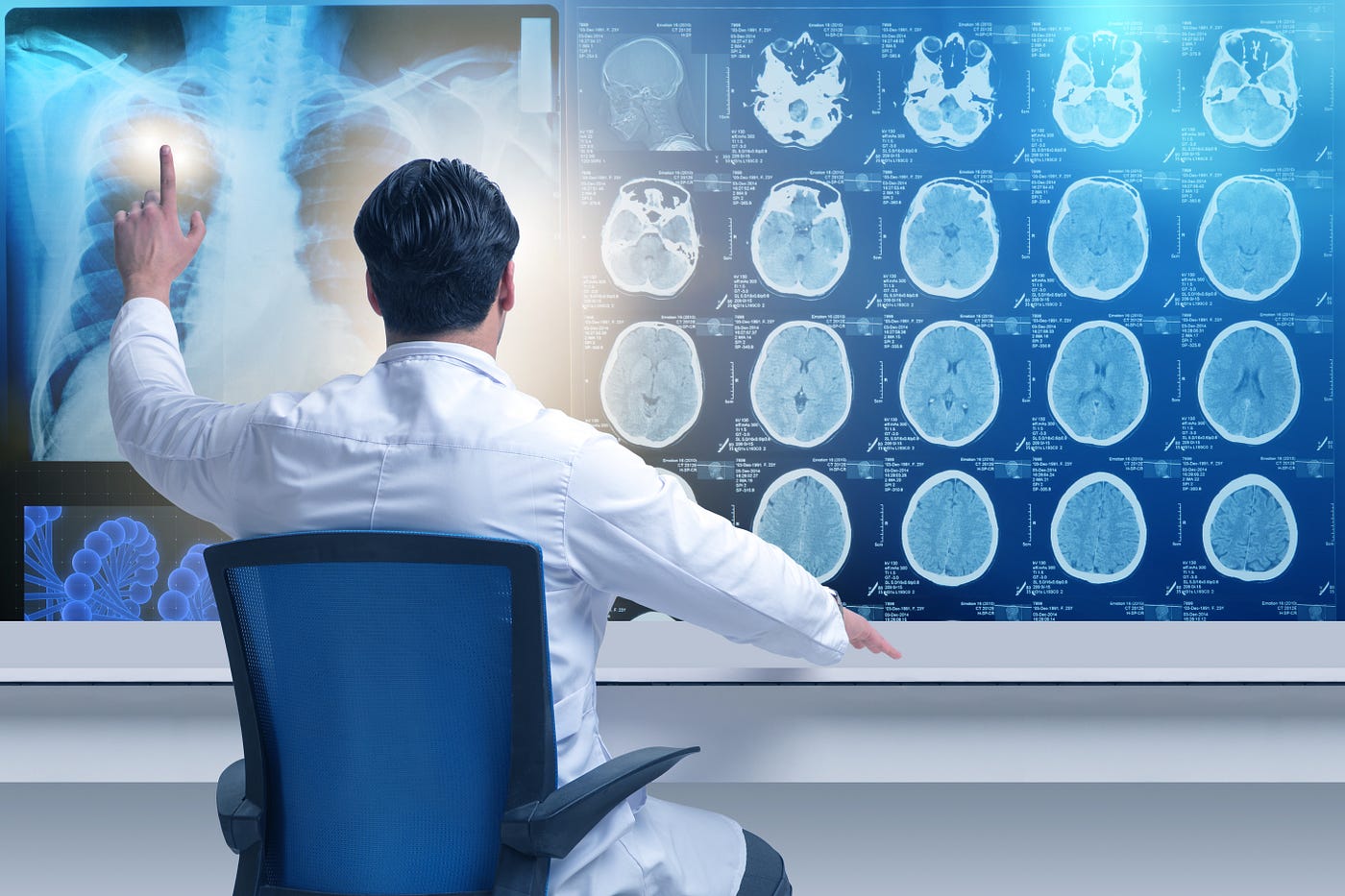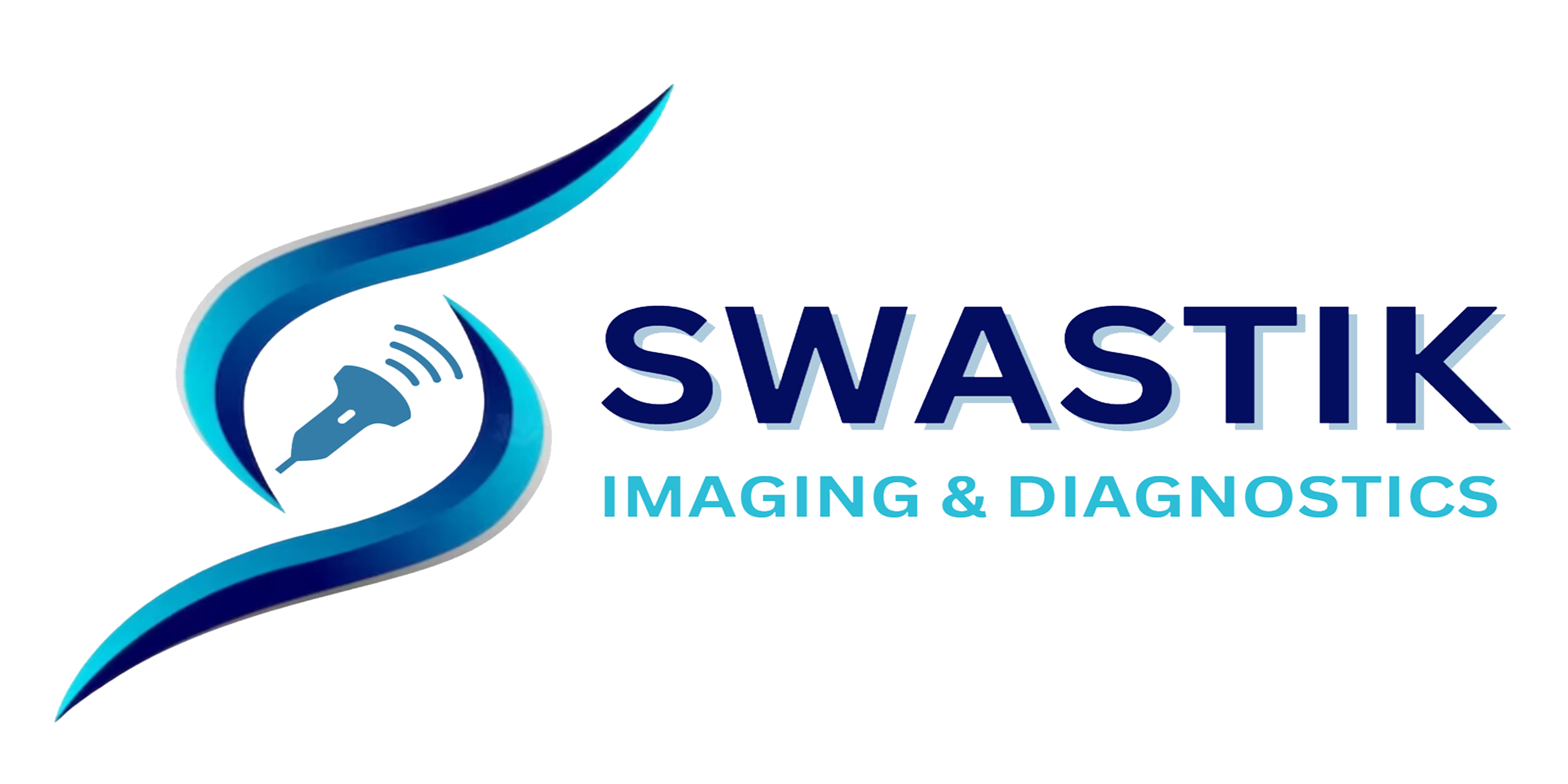Automated Fetal Anomalies Detection

Automated fetal anomalies detection using AI represents a significant advancement in prenatal care and fetal medicine. Here’s how it works and the potential benefits it offers:
- Early Detection and Diagnosis: AI algorithms analyze ultrasound images of the fetus to detect anomalies such as congenital heart defects, neural tube defects, skeletal abnormalities, and chromosomal abnormalities. By identifying these anomalies at an early stage of pregnancy, healthcare providers can initiate appropriate interventions and treatment plans, improving outcomes for both the fetus and the mother.
- Improved Accuracy and Consistency: AI-powered systems offer high levels of accuracy and consistency in detecting fetal anomalies, reducing the risk of human error and variability associated with manual interpretation of ultrasound images. By leveraging advanced image analysis techniques, AI algorithms can identify subtle abnormalities that may be missed by human observers, enhancing diagnostic precision and reliability.
- Streamlined Workflow: Automated fetal anomalies detection streamlines the ultrasound examination process, allowing healthcare providers to efficiently assess multiple anatomical structures and regions of interest within the fetus. By automating measurements, annotations, and image analysis tasks, AI-enabled systems optimize workflow efficiency and reduce the time required for prenatal screenings, consultations, and diagnostic evaluations.
- Enhanced Patient Counseling: AI-generated reports provide detailed information about detected fetal anomalies, including their location, severity, and potential implications for the fetus and the pregnancy. This enables healthcare providers to counsel expectant parents more effectively, discussing treatment options, prognosis, and long-term care plans based on the specific findings identified by the AI algorithm.
- Integration with Electronic Health Records: Automated fetal anomalies detection systems seamlessly integrate with electronic health records (EHRs), enabling healthcare providers to access and review ultrasound images, reports, and diagnostic findings within a unified digital platform. This facilitates communication, collaboration, and continuity of care among obstetricians, radiologists, genetic counselors, and other members of the healthcare team involved in the management of high-risk pregnancies.
- Research and Innovation: AI-driven fetal anomalies detection contributes to ongoing research efforts aimed at understanding the etiology, pathophysiology, and natural history of congenital anomalies. By analyzing large datasets of ultrasound images and clinical data, researchers can identify patterns, trends, and risk factors associated with different types of fetal abnormalities, leading to advancements in prenatal screening protocols, genetic testing methodologies, and therapeutic interventions.
- Patient Empowerment and Informed Decision-Making: Automated fetal anomalies detection empowers expectant parents to make informed decisions about their pregnancy and the health of their unborn child. By providing clear and comprehensive information about fetal development and potential abnormalities, AI-generated reports facilitate open communication, shared decision-making, and emotional support for families facing complex medical decisions during pregnancy.
In summary, automated fetal anomalies detection using AI represents a transformative technology in prenatal care, offering enhanced diagnostic capabilities, improved workflow efficiency, and greater support for expectant parents navigating the challenges of high-risk pregnancies. As AI continues to evolve and integrate into clinical practice, it holds the potential to redefine standards of care and improve outcomes for mothers and babies worldwide.
